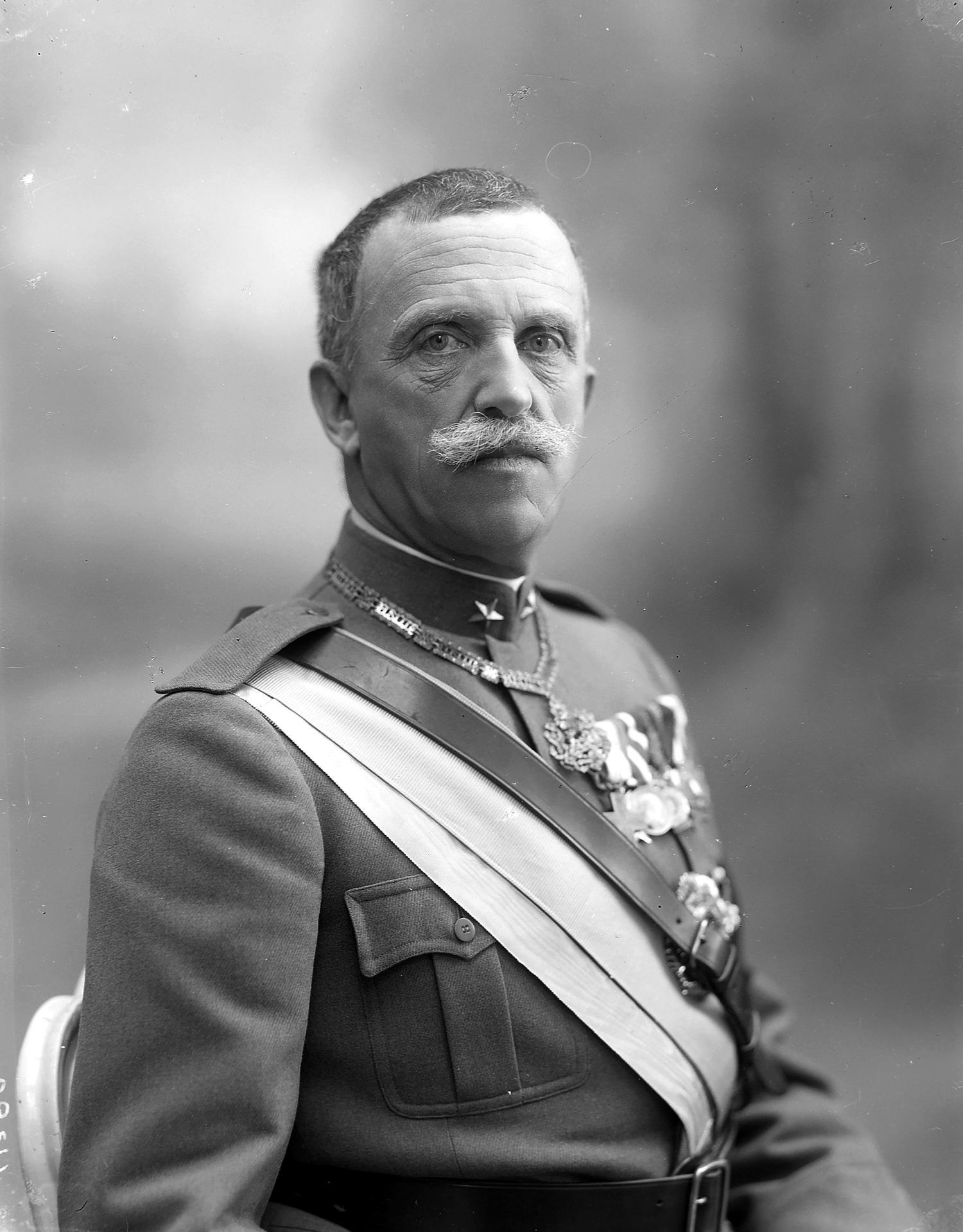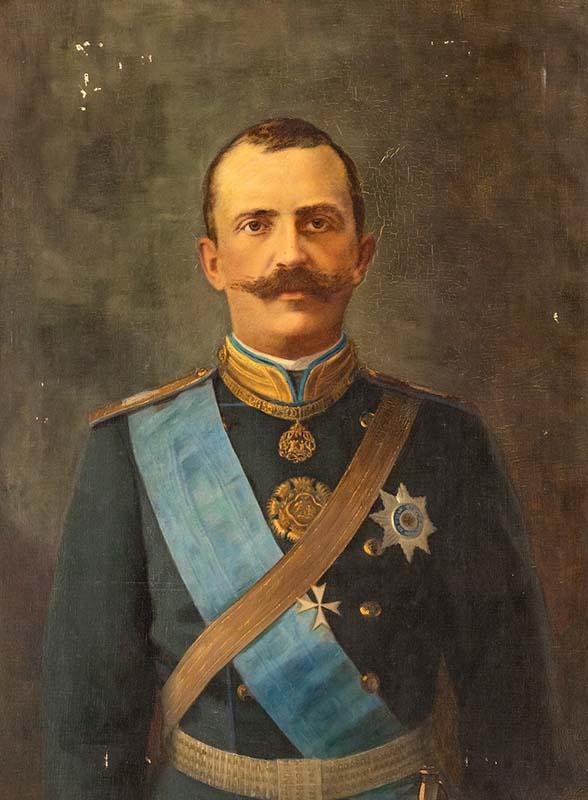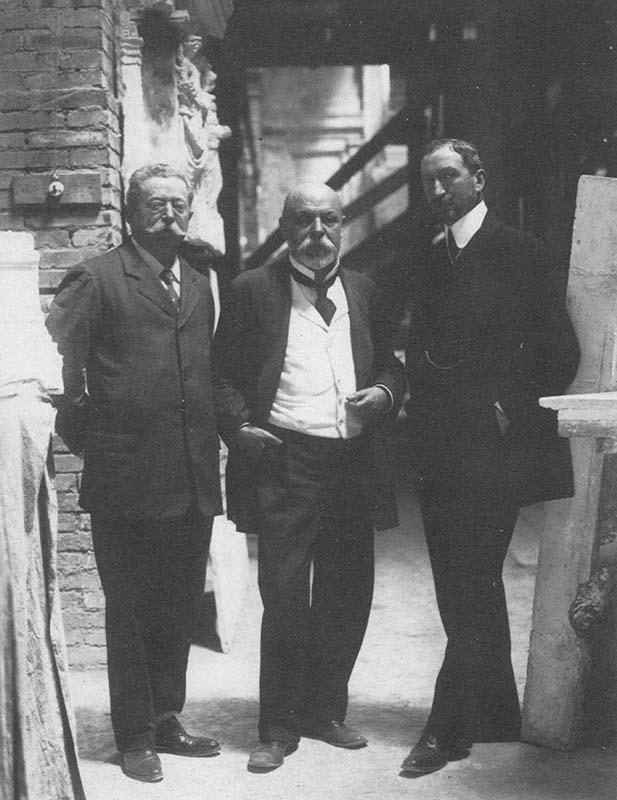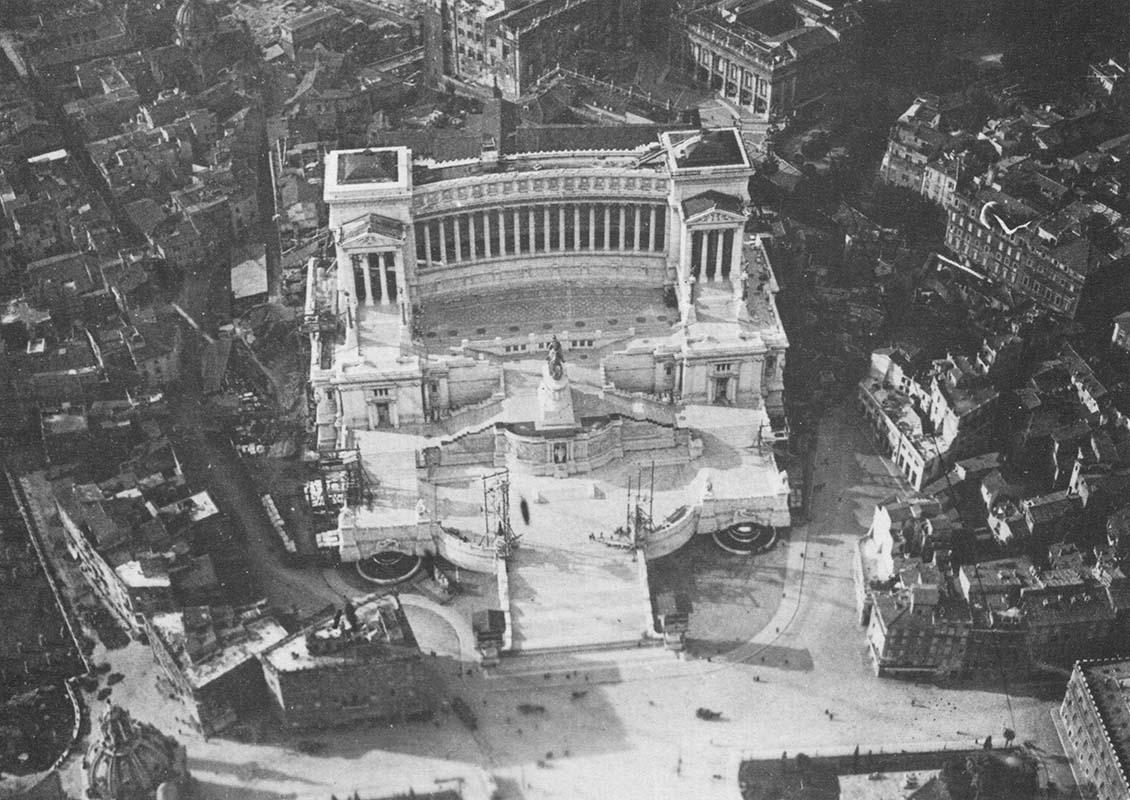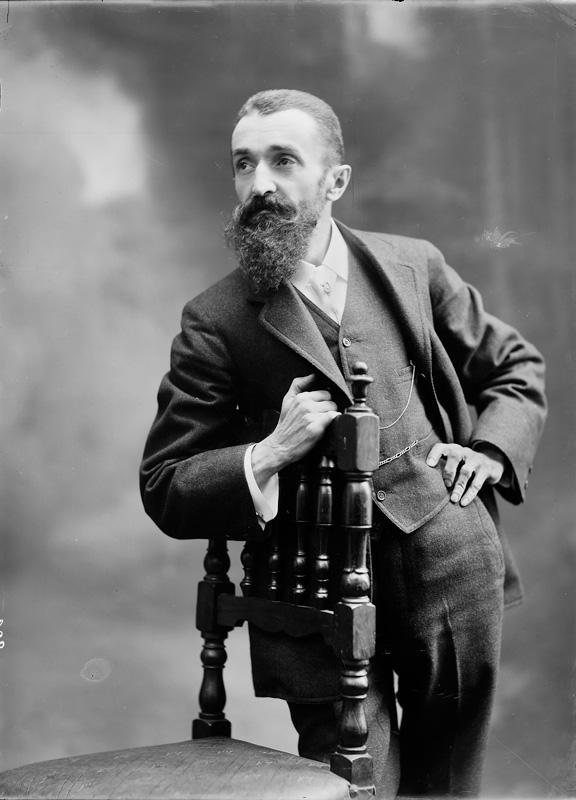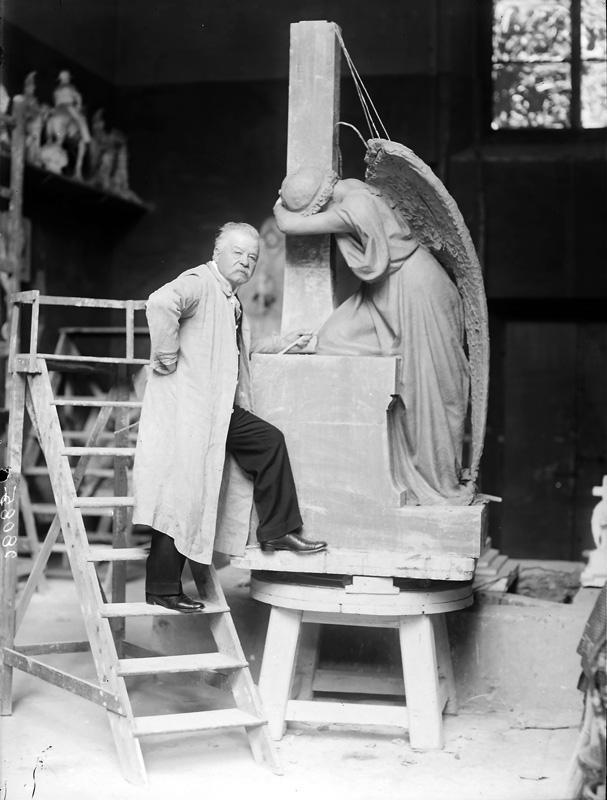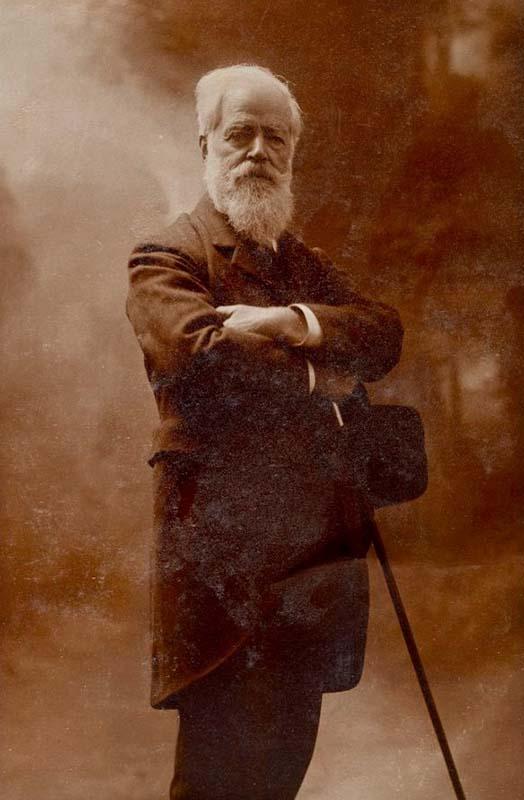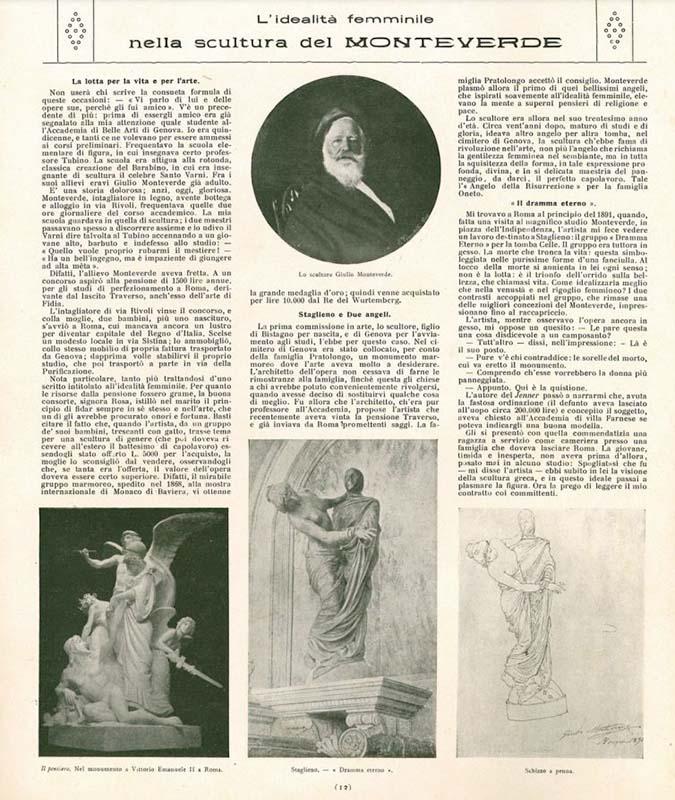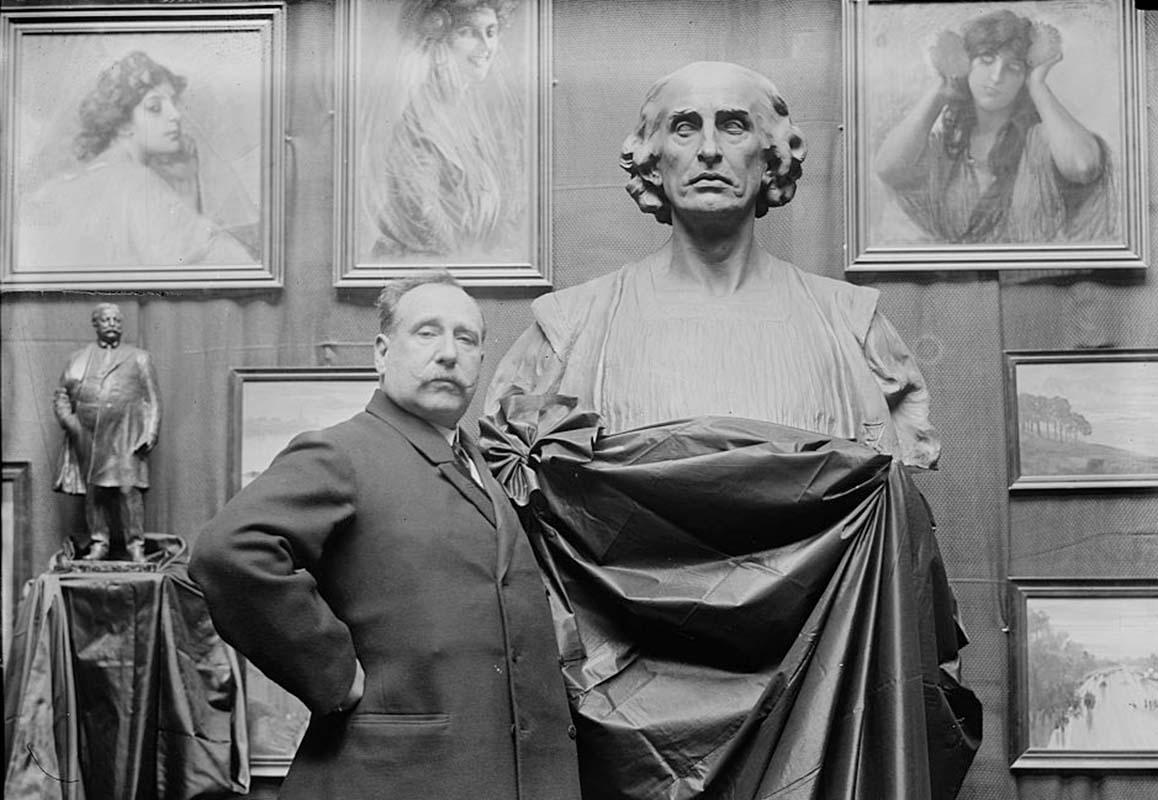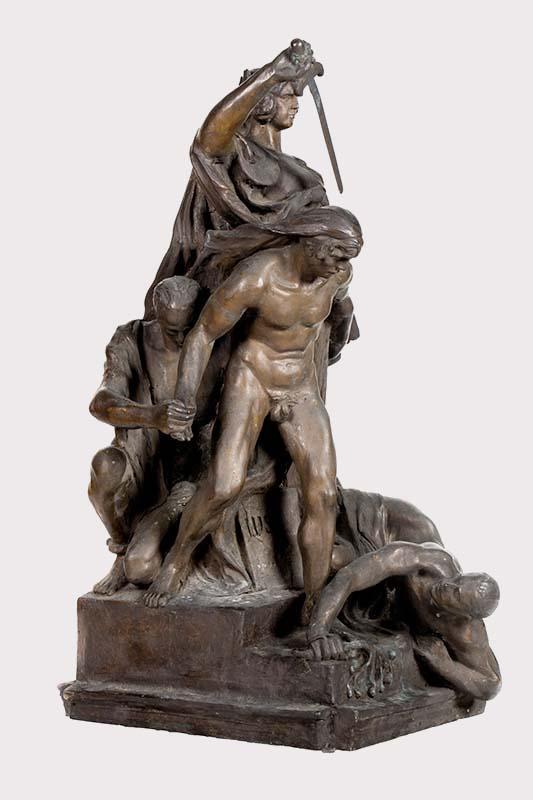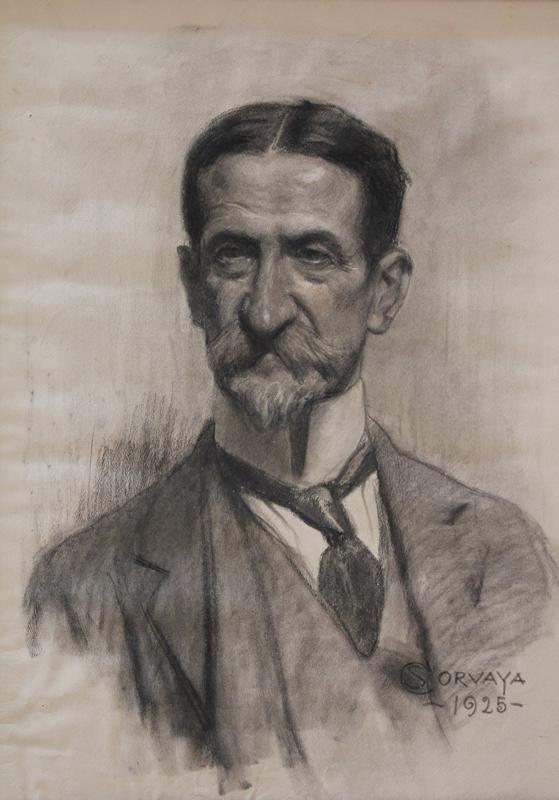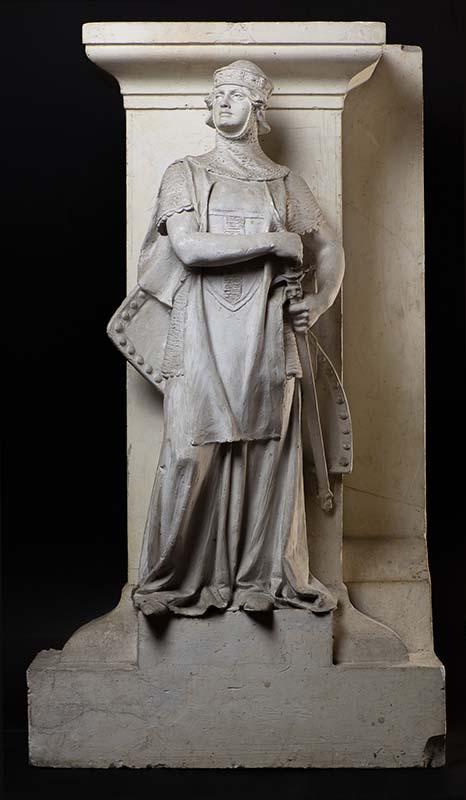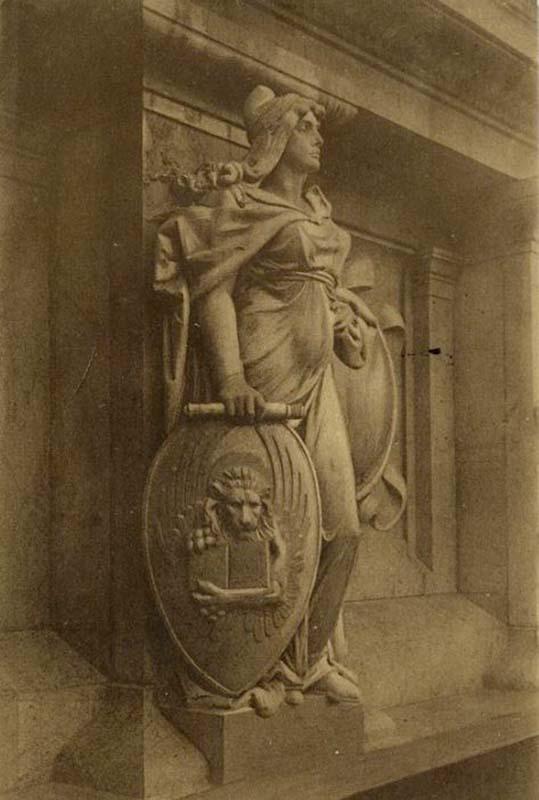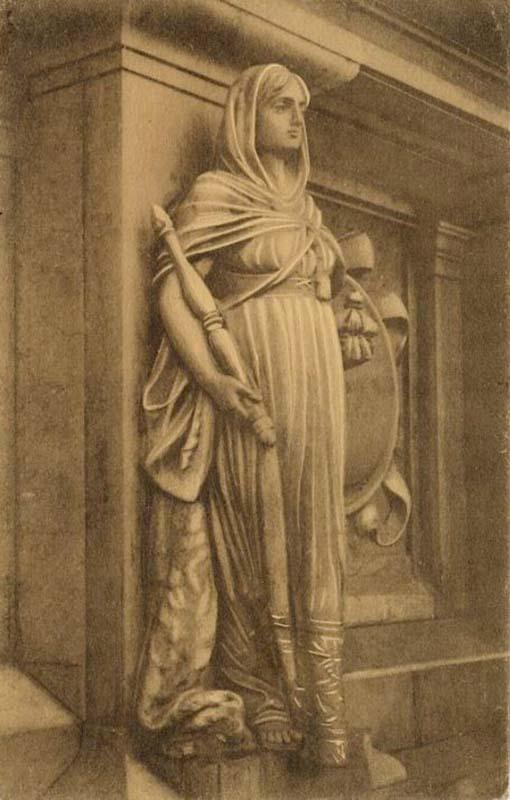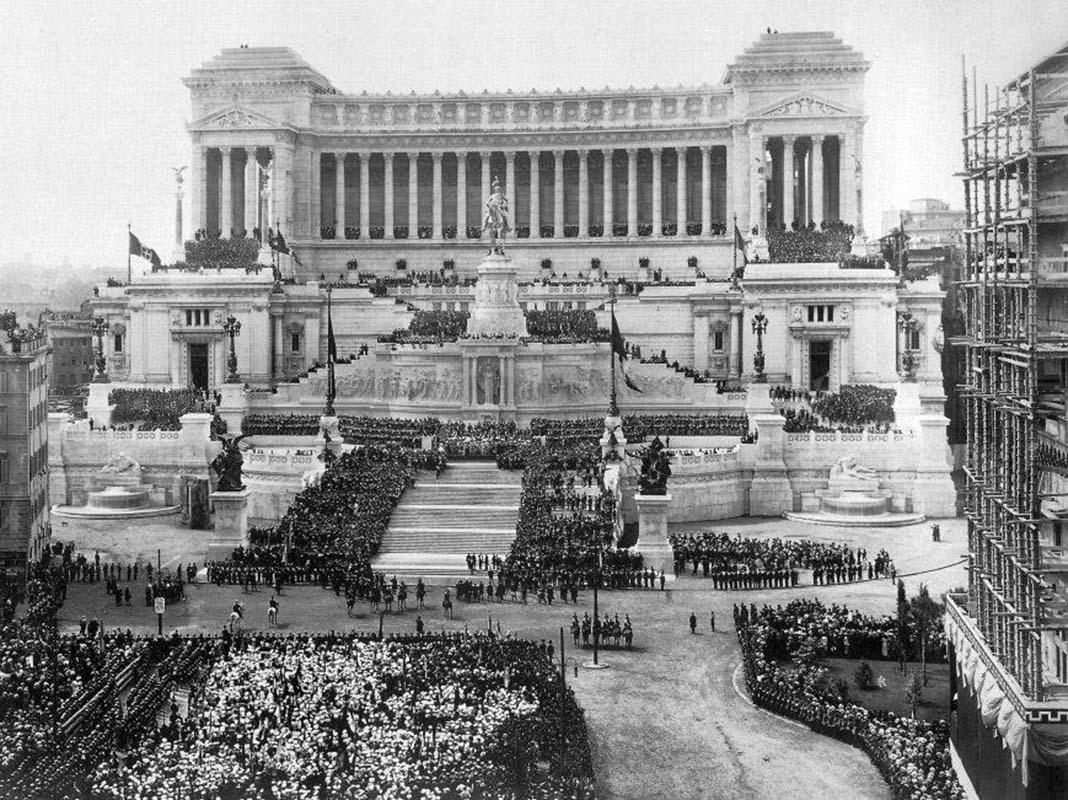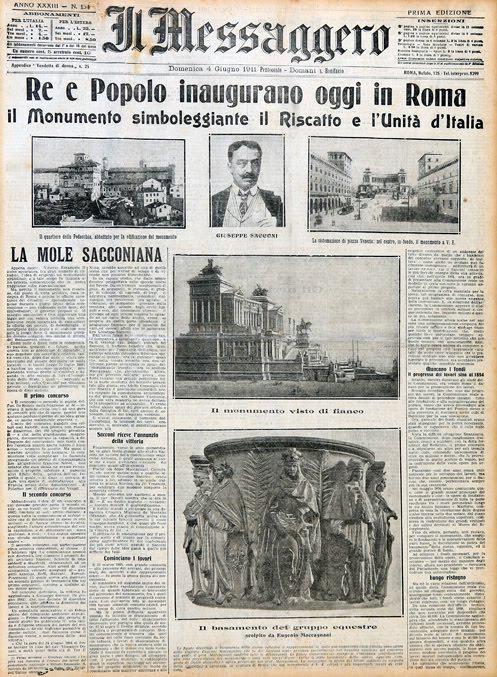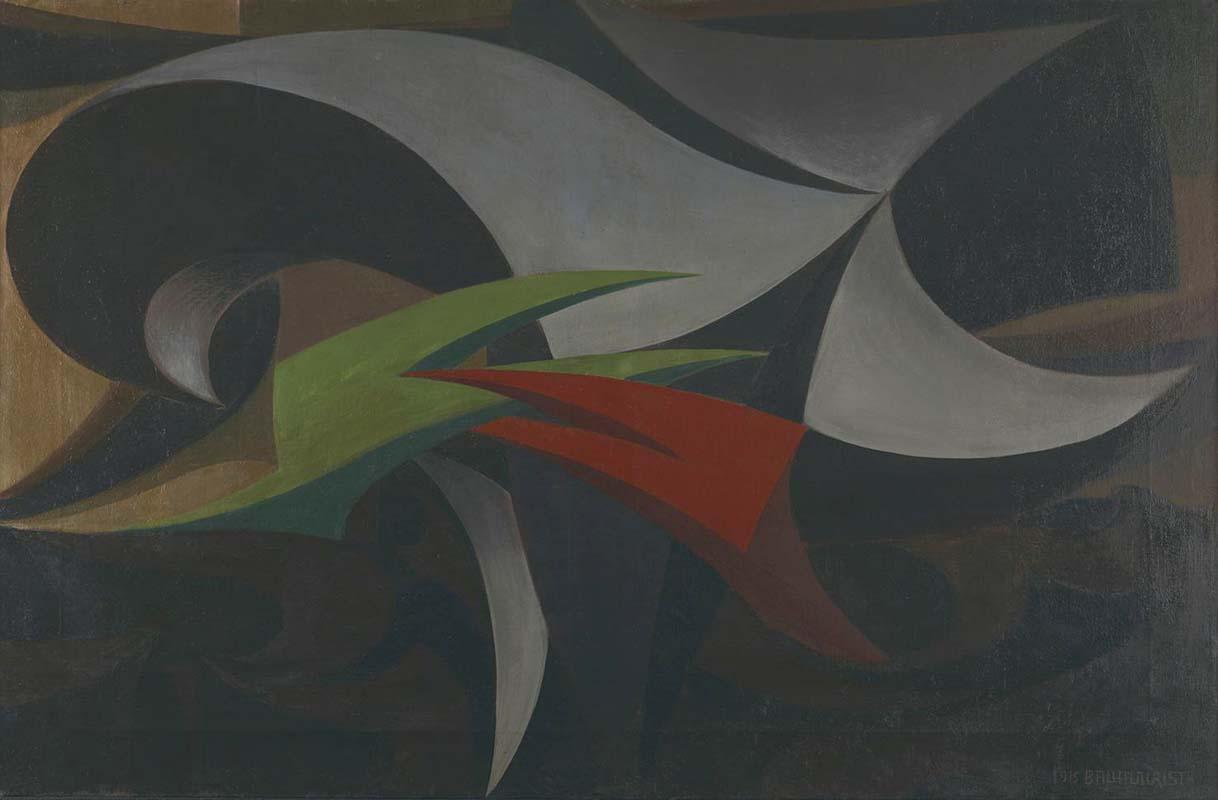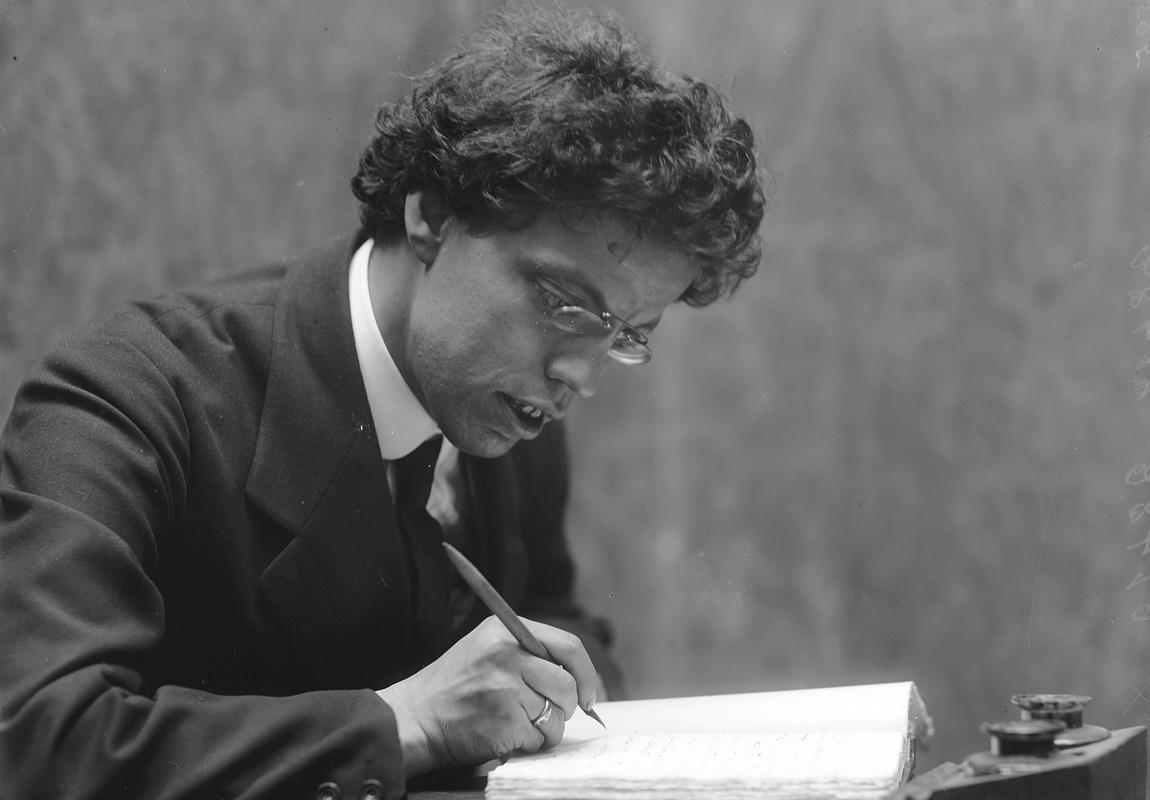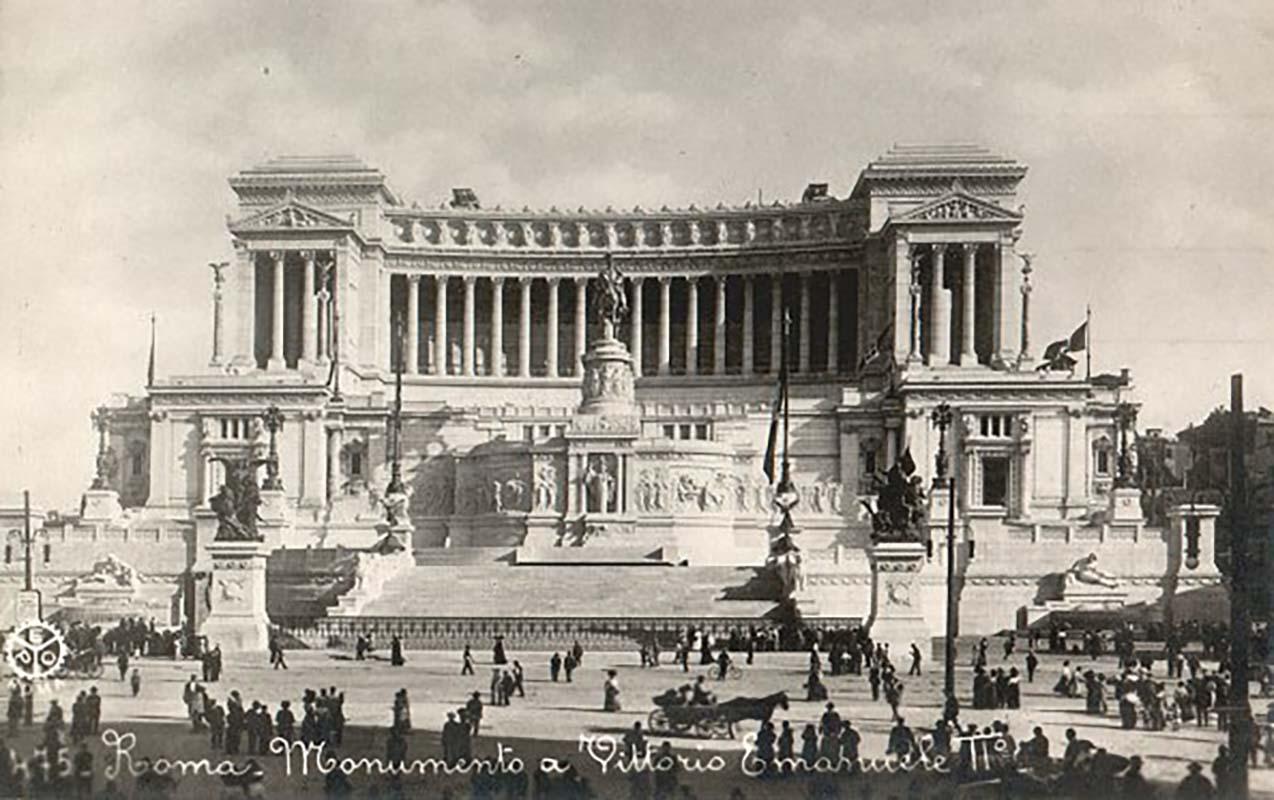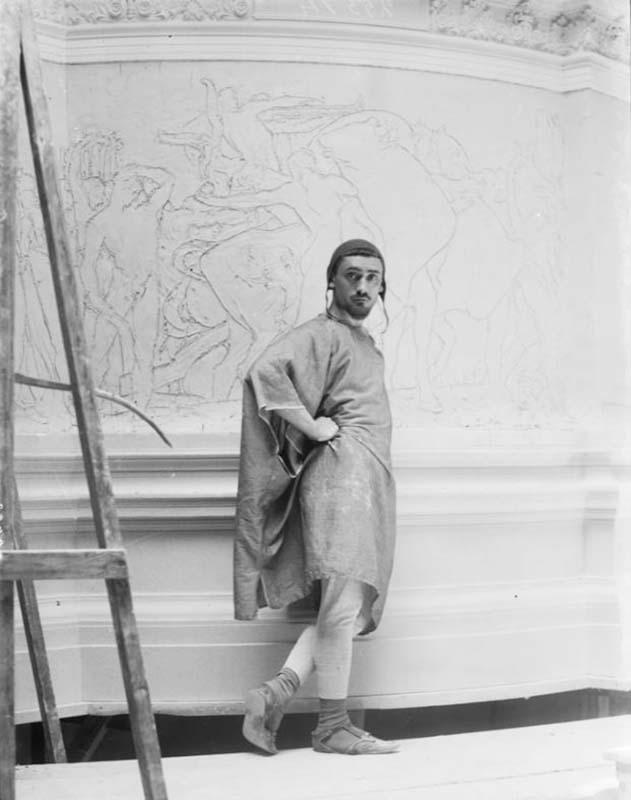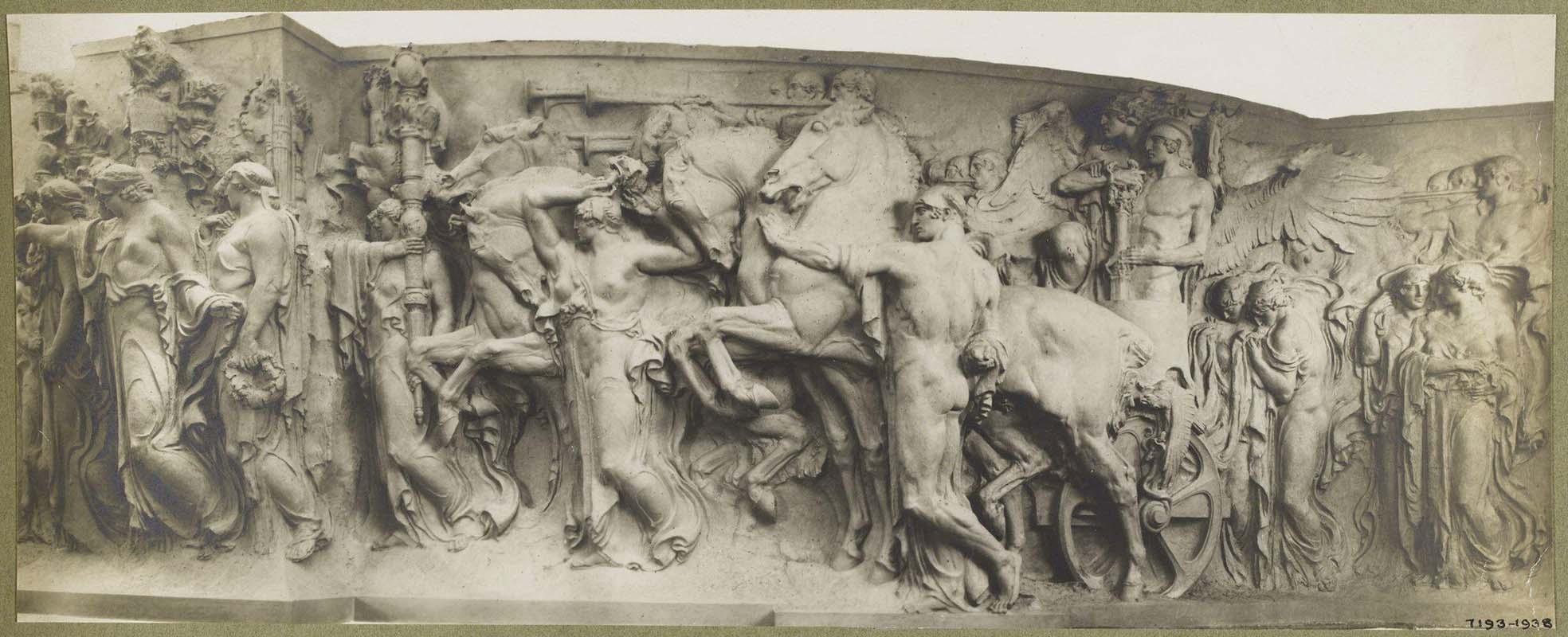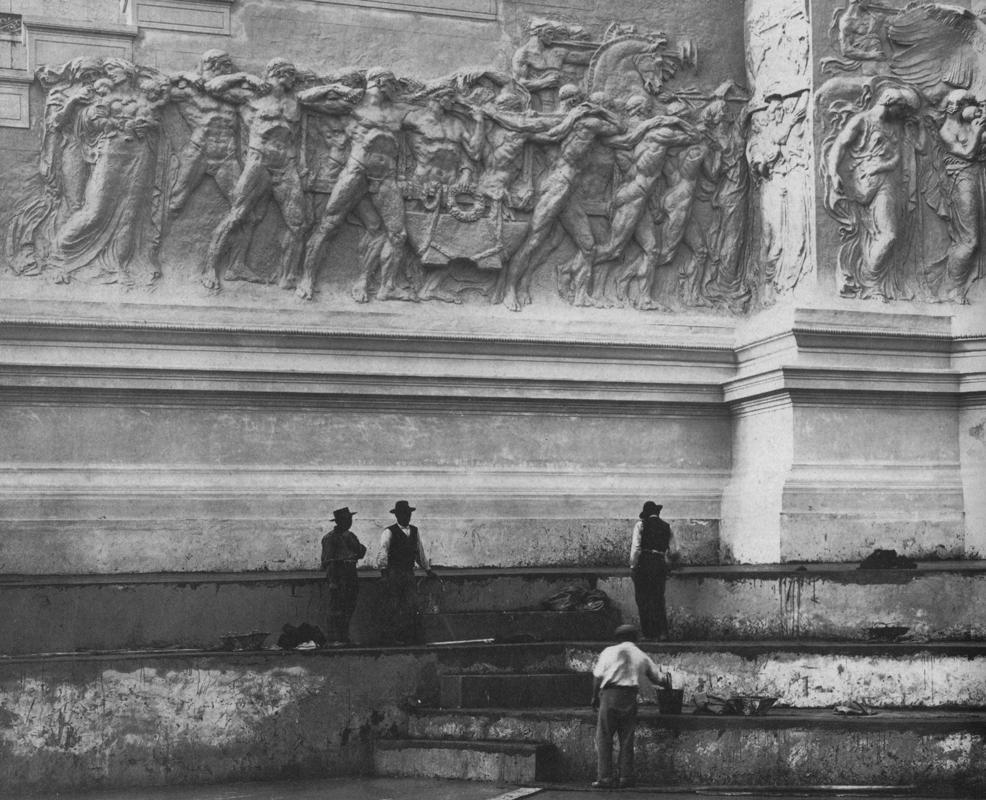Victor Emmanuel III and the inauguration in 1911
Victor Emmanuel III, the grandson of Victor Emmanuel II, put significant pressure on the building works of the Vittoriano to speed things up, so that it could be inaugurated in 1911, for the fiftieth anniversary of the Unification of Italy.
Victor Emmanuel III (1869 - 1947), who ascended to the throne in 1900, intended, among other things, to re-establish Italy’s international prestige, which had been significantly damaged by the poor performance of the colonial wars in Africa. The Vittoriano clearly reflected his ambitions. It was Victor Emmanuel III himself who set the date of the inauguration ceremony in 1911, as a key event in the celebration of the fiftieth anniversary of the Unification of Italy.
Sacconi died on 30 September 1905, leaving the Vittoriano still largely incomplete. The site first passed to his close collaborators, architect Pompeo Passerini (1858-1947) and sculptor Adolfo Cozza (1848-1910), who tried to give an organic form to his ideas.
However, the Artistic Directorship of the Monument was soon taken over by three architects, Gaetano Koch (1849-1910), Manfredo Manfredi (1859-1927) and Pio Piacentini (1846-1928). Once a further project was drawn up in 1907, the three would basically complete the work of Giuseppe Sacconi.
The death of Giuseppe Sacconi in 1905 also marks the end of the unitary and coherent relationship between architecture and sculptural setting. Under the pressure of Victor Emanuel III, who intended to inaugurate the Monument in 1911 for the fiftieth anniversary of the Kingdom of Italy, the Royal Commission limited itself to summoning the best artists on the national scene, often characterised by a significant linguistic gap.
Between 1906 and 1908, the orders for the six monumental sculptural groups placed on the access stairway began, The Concord, The Strength, The Right, The Sacrifice, The Thought and The Action by Francesco Jerace, for the reliefs in the tympanums of the pronaos and for the fountains.
At the same time, competitions were announced for the series of the Attic Regions, for the quadrigae Paolo Bartolini and for the base equestrian statue of the King.
At the same time, competitions were announced for the series of the Attic Regions, for the quadrigae and for the base of the equestrian statue of the King.
On 4th June 1911, on the fiftieth anniversary of the Unification of Italy, Victor Emanuel III inaugurated the Monument in front of a huge and applauding crowd. The ceremony was attended by Queen Elena, Queen Mother Margherita of Savoy, the Prime Minister Giovanni Giolitti (1842-1928), the six thousand mayors of Italy, the veterans of the Risorgimento wars and three thousand students from Roman schools.
The more than twenty-five years between the laying of the first stone and the inauguration of the Vittoriano (1885-1911) coincide with a radical change in the national and international artistic concept. Historical avant-gardes such as Expressionism, Cubism and Futurism represent in this sense a real turning point. Precisely the Futurists, known for their polemical intransigence, branded the Vittoriano as “old-time”, that is, backward facing: the Florentine intellectual Giovanni Papini (1881-1856) defined it as a "white and enormous luxury urinal".
At the time of its inauguration, on 4th June 1911, several elements of the Monument had to be finished. Some sculptural groups, such as The Action by Francesco Jerace and The Right by Ettore Ximenes, were therefore replaced with models of the same size. Other elements were added only many years later: the installation of the bronze chariots (quadrigae) on the top of the Monument had to wait until 1927.
The author's choice of the large sculptural frieze to decorate the Altar of the Fatherland fell to the public itself. The winner of this sort of artistic referendum was the Lombard Angelo Zanelli (1879-1942), who completed the work within fourteen years.

